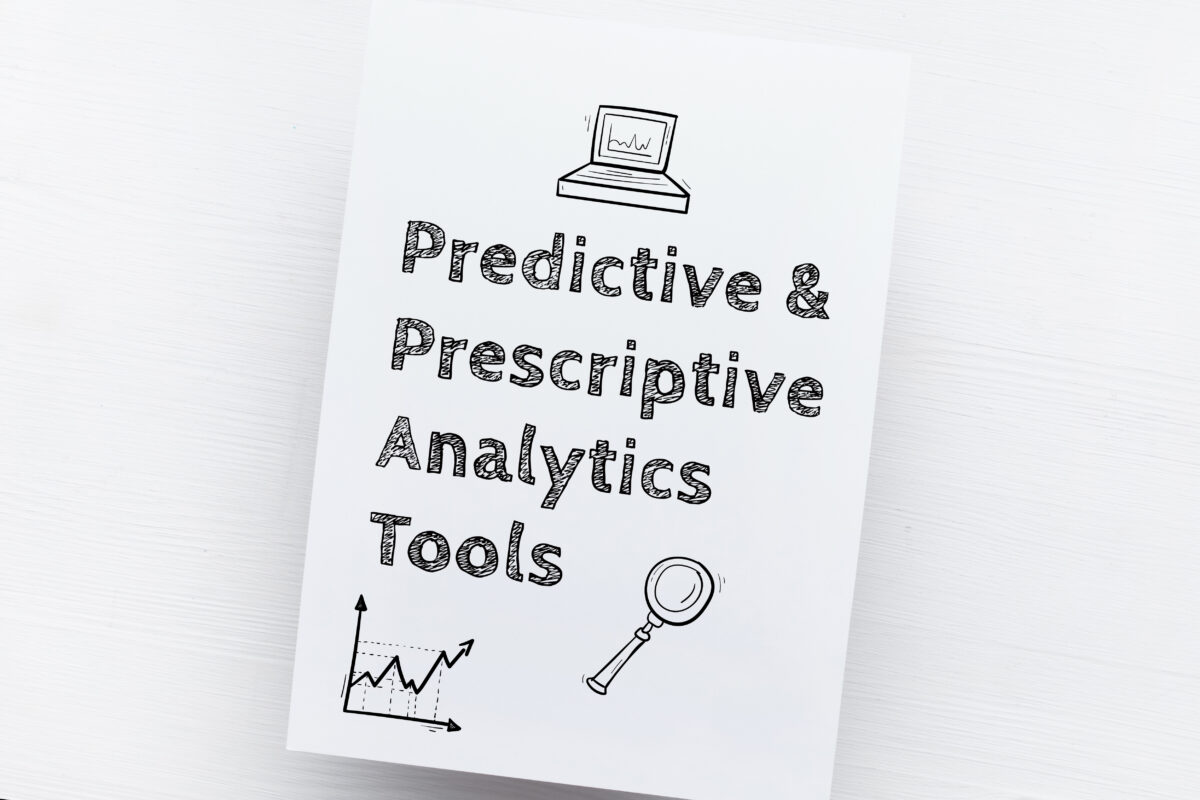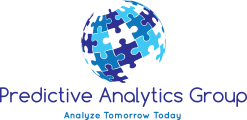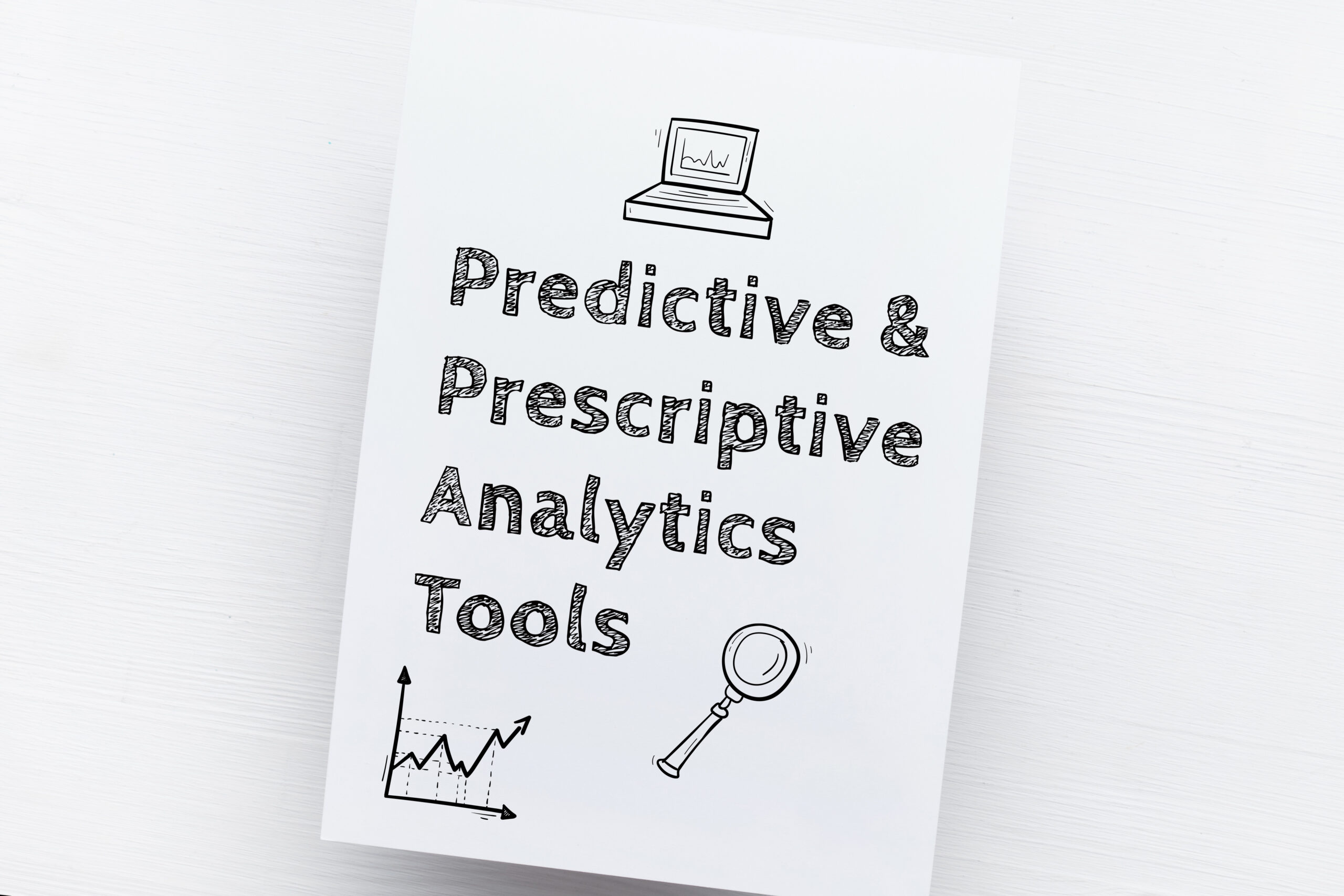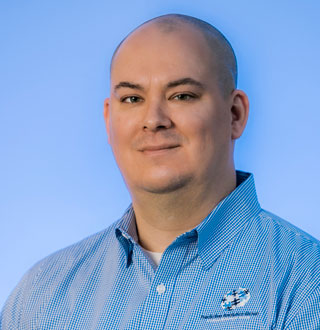We spent a great deal of time in recent months talking to customers and prospects about how we could beef up our GOBLIN 2.0 enterprise and data analytics platform. We asked about new features we could add and how we could simplify configuration options that would provide dynamic, actionable insights to help them make (and share) strategic business decisions across the enterprise.
So what did we hear?
- They are overwhelmed by the amount of data they have, and they don’t know what to do with all of it.
- It’s too expensive to create internal infrastructure and hire personnel to organize, store, and protect the data.
- They often don’t trust the accuracy of the data and spend too much time scrutinizing detail instead of making business decisions they are confident in.
What Companies Want
Most companies in the market for a platform like GOBLIN want TWO things (although they don’t always phrase it this way):
- Predictive Analytics, which finds patterns in historical data to show what will happen in the future. The models always produce the same outcomes when using the same data. In general, predictive analytics involves building statistical models – often using time-saving machine learning algorithms that can identify and interpret patterns and trends within large datasets and determine the likelihood of any given outcome. They do not, however, make specific recommendations. Rather, the output is something like, Since X happened, you can expect Y to happen now.
- Prescriptive Analytics, which provides a roadmap of what leaders need to do with very specific, actionable recommendations. This segment also uses machine-learning techniques for a range of problems including risk management and business optimization. The difference is while predictive analytics addresses the likelihood of an outcome, prescriptive analytics leverages additional measures and data to try and measure the interrelated impact of different recommendations.
The strengths of a machine-learning-driven platform like GOBLIN include the ability to consolidate data from multiple legacy platforms; overcome the lack of in-house advanced analytics experience; in-house reporting with the ability to control access to those reports; and more sophisticated options to improve portfolio growth and profitability.
What’s the Difference Between Predictive and Prescriptive Analytics?
Where predictive analytics focuses on using structured historical data such as credit histories, transactional data, and customer/demographic data, prescriptive analytics also uses unstructured data such as free-form speech and text data.
Predictive and prescriptive analytics can help healthcare companies set insurance premiums. For pharma, predictive analytics can be used to determine which drugs are most likely to be successful while prescriptive analytics can help them increase the speed of drug development by identifying which demographics or patient groups are most suitable for a particular clinical trial based on data ranging from age to location and medical history. Used well, companies can reduce the risk of spending large sums of money developing the wrong drug.
We worked with a fintech that wanted to leverage strong customer loyalty to enter the credit-card business. But it had four major system feeds containing valuable performance and customer-identifying data that didn’t talk to each other so it couldn’t unify the data. We were able to meet the client’s predictive and prescriptive analytics needs. After merging the data sets into a series of unique tables that are updated every day, we first built an initial underwriting strategy and then created detailed performance and profitability models, followed by a robust reporting dashboard with automated delivery to designated executives.
Questions to Ask
When talking to possible partners, you should ask how well their platforms work in concert with each other. In our case, the original GOBLIN configuration and the recent enhancements were built to ensure these two approaches complement each other — parts of a unified whole – with neither necessarily more powerful nor preferable than the other. You should also ask if their platform, as GOBLIN does, also integrates descriptive analytics, which provides users with an account of what happened, and diagnostic analytics, which looks at the data to identify the root causes of why something happened.
In our case, GOBLIN has reporting suites for financial-services clients that look at everything from originated loans to credit losses on a vintage and point-in-time basis. These reports can be viewed by leadership daily to make strategic decisions that ensure their portfolios are performing to their expectations.
On the prescriptive side, GOBLIN has compliance reporting packages that pick up specific data points that violate our client’s protocols. These reports are designed to detect and recommend instant changes so these violations cease immediately.
GOBLIN’s prescriptive analytics functionality can be used by a bank or fintech to suggest how much it can reduce the cost of a product to bring in new customers without impacting profitability. It can be used to determine the most valuable demographics for marketing or assess and deal with risks associated with new or existing products such as mortgages, credit cards, or insurance and the impact that changes to qualification criteria might have on portfolio quality, profitability, and stability and even on customer satisfaction. Finally, some banks have used prescriptive analytics to choose new locations based on market saturation and demographics.
The challenge when looking for a platform that combines these different capabilities is balancing the costs and risks. There are high-priced versions aimed primarily at huge companies with bells and whistles you probably don’t need, and bargain-basement versions that leave you exposed to unnecessary compliance risks. We’d love to talk to you if you want to find a great option that balances those costs and risks.
DAVID LAROCHE
Managing Partner of U.S. Operations
David LaRoche is the managing partner of U.S. operations for Predictive Analytics Group. Our proprietary GOBLIN enterprise data platform helps clients consolidate data from multiple legacy systems, overcome a lack of in-house advanced analytics experience, and identify new segmentation opportunities to improve portfolio growth and profitability.






